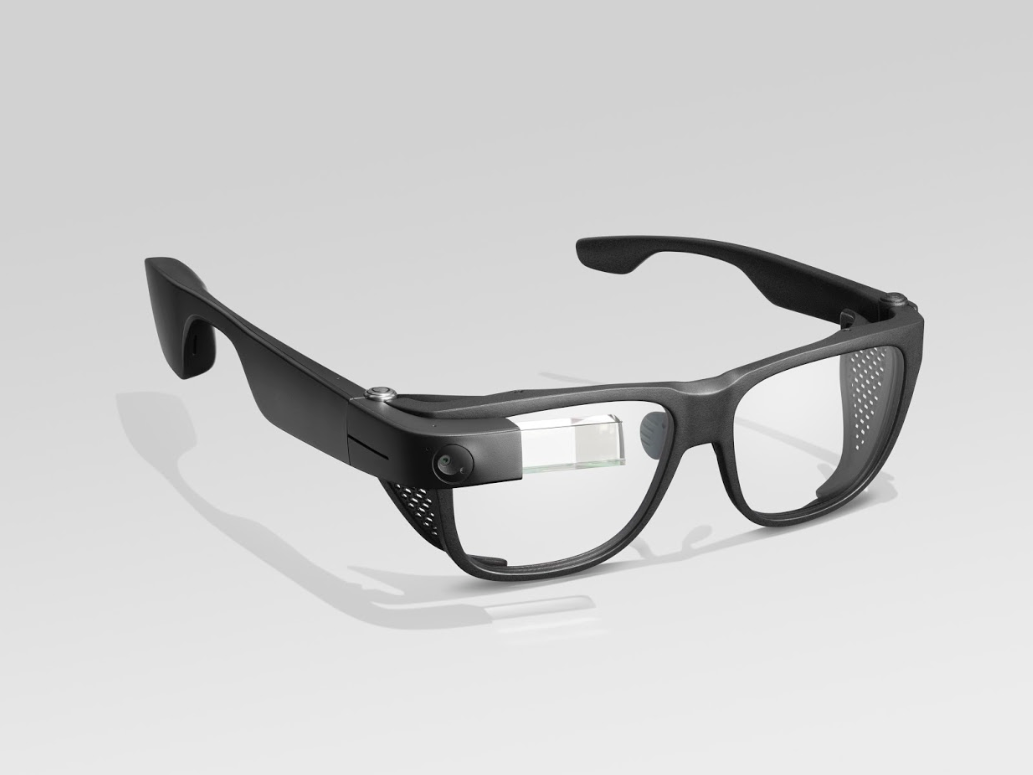 IOT
IOT
 IOT
IOT
 IOT
IOT
Google LLC’s revolutionary Glass device was at one time thought to be dead and buried after the company announced in 2015 it had given up developing the hardware. But the smart glasses got a new breath of life with the release of an enterprise-focused version in 2017, designed for companies that needed a simple, wearable display in the workplace.
Google Glass Enterprise Edition, as it’s called, has since proved itself to be a useful tool in a range of industries such as manufacturing and field services. It provides workers with hands-free access to information that helps them complete certain tasks more easily.
Now, nearly two years after its initial release, the Glass Enterprise Edition is getting a much-needed update, with several improvements based on feedback from enterprise customers.
The main update is that Glass Enterprise Edition 2 is based on a much more powerful chipset, namely Qualcomm Technologies Inc.’s Snapdragon XR1 platform. The Qualcomm chipset comes with a more powerful central processing unit and also features an artificial intelligence engine for the first time. The net result is a longer battery life, enhanced performance, and better support for machine learning capabilities, Jay Kothari, project lead at Google Glass, said in a blog post.
For example, Glass is now capable of far better object recognition, according to one early adopter. Markus Voss, chief operating officer and chief information officer at DHL Supply Chain, said this was particularly promising. “With the corresponding software, it is no longer just possible to read out barcodes, locate products and display the corresponding storage compartment; in future, complex objects can be identified with the smart glasses,” he said. “We expect this to lead to further productivity increases from which our employees and our customers will benefit equally.”
Google has also added a USB-C port to the device, which supports faster charging. Glass Enterprise Edition 2’s camera gets an update too, with improved performance and quality, Kothari said. The device was already capable of video streaming, and the update enhances this feature.
And on the safety side, Google said it has partnered with a company called Smith Optics Inc. to make a range of new frames for different kinds of “demanding” work environments.
Developers may appreciate the update too. Google said it has now better integrated application programming interfaces and services with the device, making it faster to build new apps. Glass is also easier for enterprises to deploy and manage, since Google has added it to its Android Enterprise Mobile Device Management program.
Support our mission to keep content open and free by engaging with theCUBE community. Join theCUBE’s Alumni Trust Network, where technology leaders connect, share intelligence and create opportunities.
Founded by tech visionaries John Furrier and Dave Vellante, SiliconANGLE Media has built a dynamic ecosystem of industry-leading digital media brands that reach 15+ million elite tech professionals. Our new proprietary theCUBE AI Video Cloud is breaking ground in audience interaction, leveraging theCUBEai.com neural network to help technology companies make data-driven decisions and stay at the forefront of industry conversations.